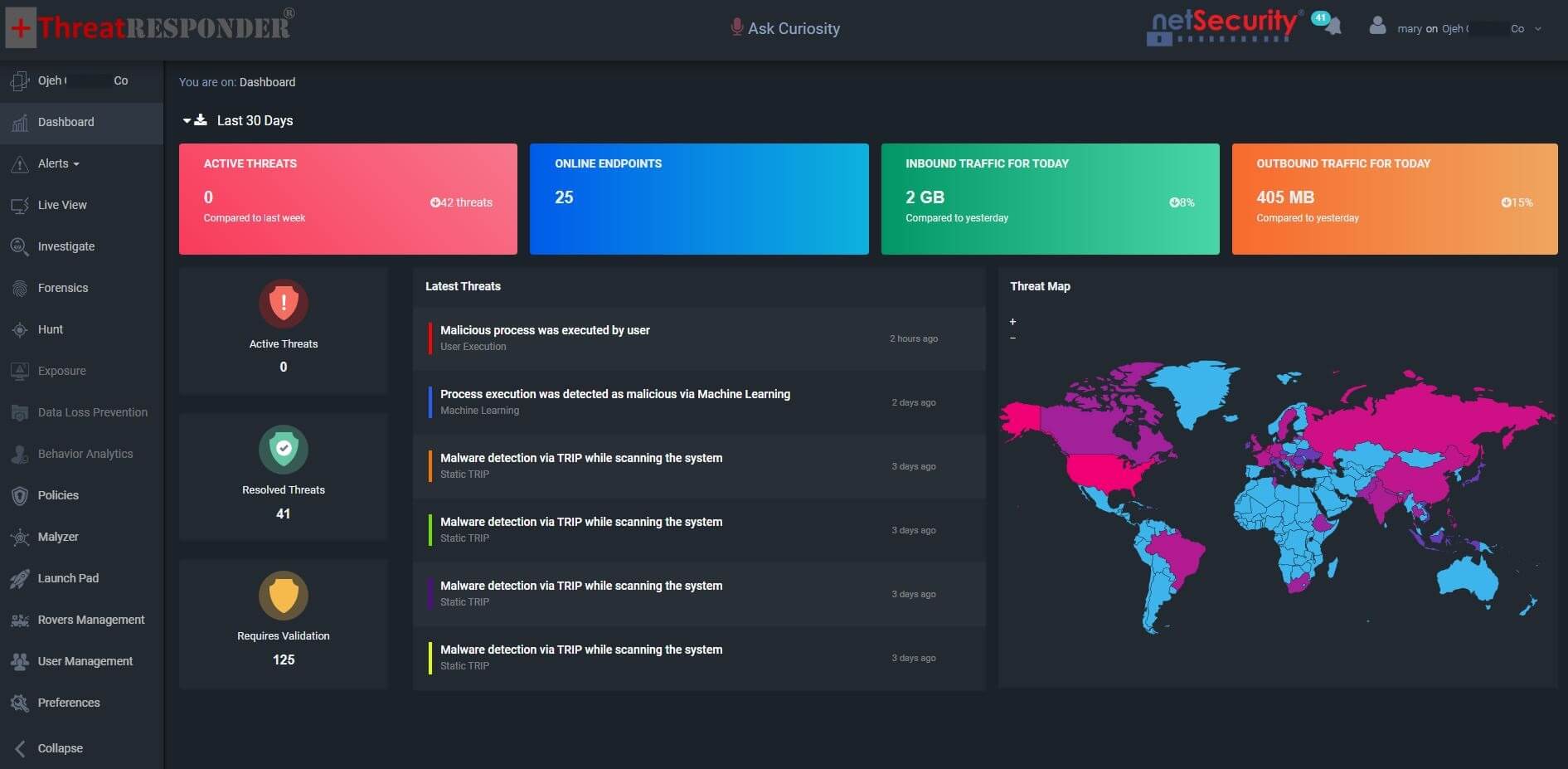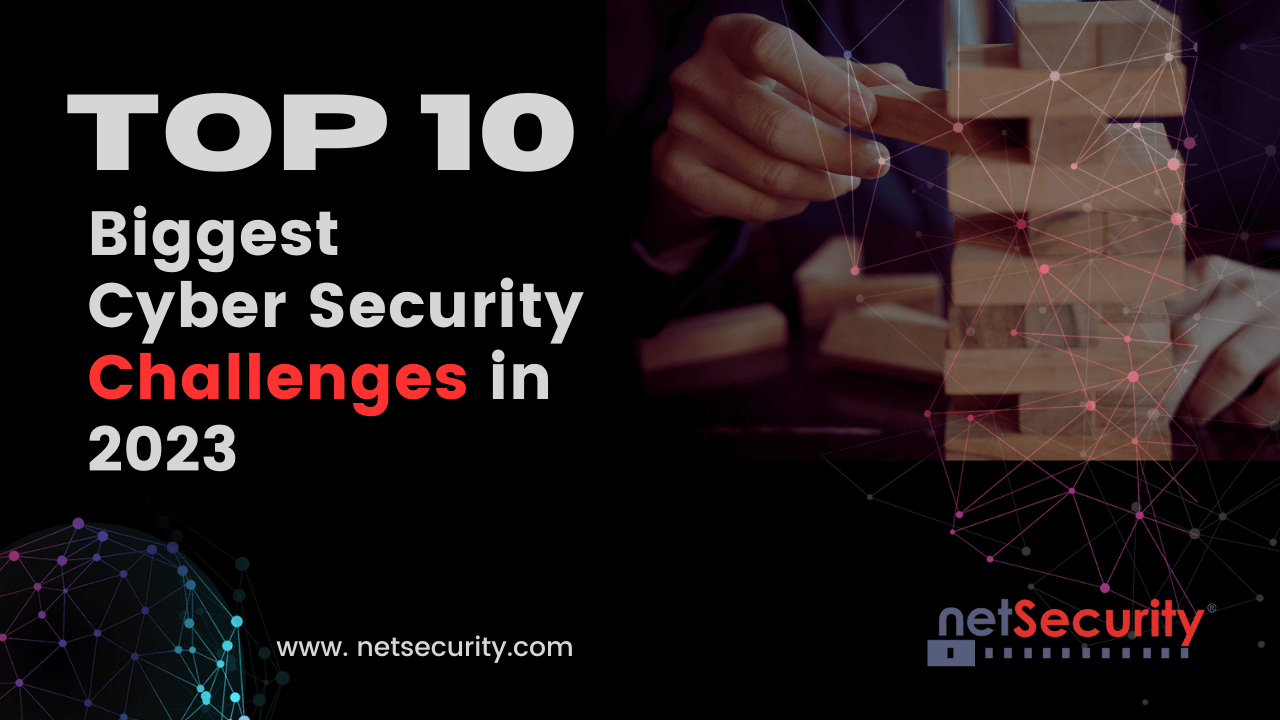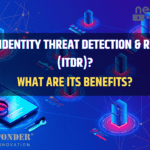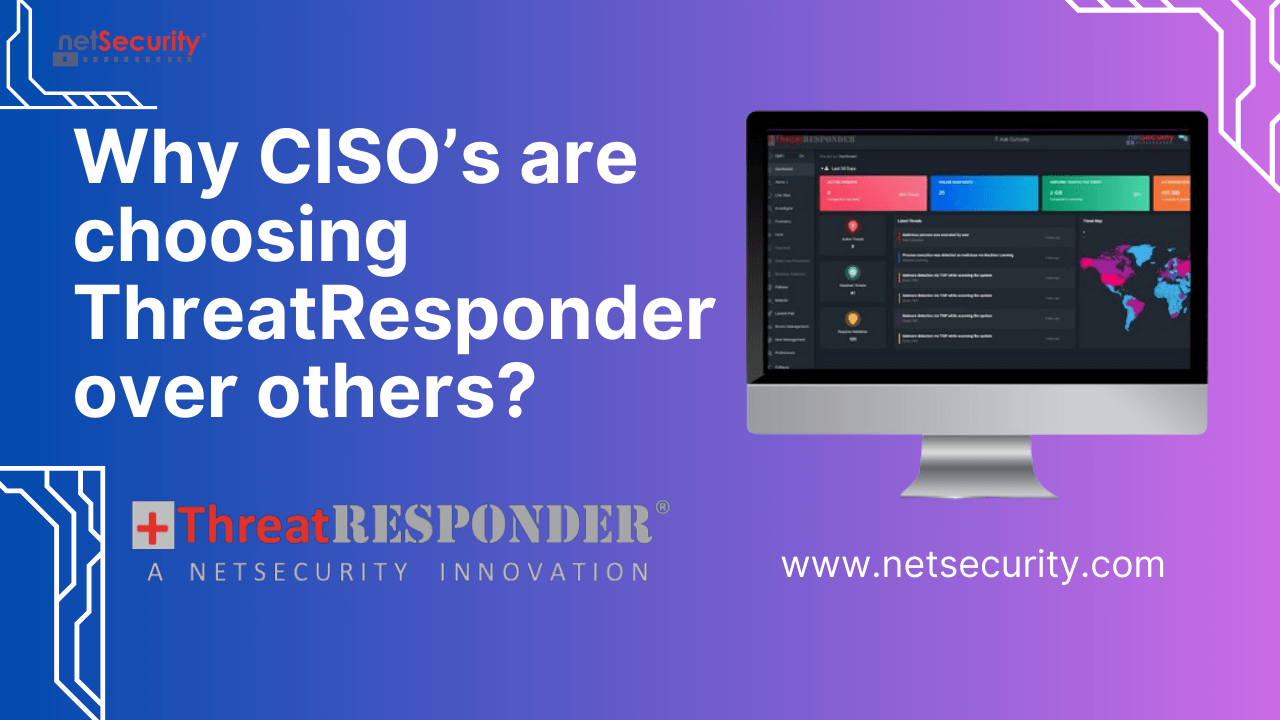Top 10 Biggest Cyber Security Challenges in 2023
In an increasingly interconnected world, cyber security remains a critical concern for individuals, businesses, and governments alike. In 2023, the threat landscape continues to evolve, presenting new and sophisticated challenges. According to IBM and Statista, the global average cost of a data breach in 2023 was USD 4.45 million, a 15% increase over 3 years. From emerging technologies to the persistence of familiar threats, staying ahead of cyber adversaries requires a proactive approach and a deep understanding of the current cyber security landscape. This article explores the top 10 biggest cyber security challenges in 2023, offering insights and strategies to navigate this dynamic environment effectively.
Top 10 Biggest Cyber Security Challenges in 2023:
Here are the top 10 biggest cyber security challenges that businesses may be facing in 2023:
1. Ransomware Attacks and Extortion
Ransomware attacks have grown in frequency and severity over the years, reaching an alarming level in 2023. Cybercriminals are employing advanced techniques, such as double extortion and file-less attacks, making detection and mitigation increasingly difficult. These attacks not only encrypt data but also threaten to release sensitive information unless a ransom is paid. In some cases, even after the ransom is paid, the data may not be fully restored, and the victims remain at the mercy of malicious actors.
2. Supply Chain Risks
Supply chain attacks have emerged as a significant cyber security threat in 2023. Adversaries target vulnerabilities within the supply chain to compromise software, hardware, or services, aiming to infiltrate the end users’ systems. This tactic can have far-reaching implications, impacting a multitude of organizations and their stakeholders.
3. Zero-day Exploits and Advanced Persistent Threats (APTs)
Zero-day exploits, which target unknown vulnerabilities, and APTs, characterized by long-term, stealthy infiltration of systems, pose significant challenges in 2023. Nation-states and organized crime groups leverage these techniques for espionage, data theft, and disruption of critical infrastructures.
4. AI-Powered Cyber Attacks
The increased adoption of artificial intelligence (AI) and machine learning (ML) has given rise to AI-powered cyber attacks. Adversaries utilize AI algorithms to enhance the sophistication of their attacks, making detection and defense more challenging.
5. Phishing Attacks
Phishing attacks remain one of the most persistent and prevalent threats in the cyber security landscape of 2023. This deceptive technique involves cybercriminals impersonating trustworthy entities to trick individuals into revealing sensitive information, such as passwords, credit card numbers, or personal identification details.
6. Data Privacy and Regulatory Compliance
Data privacy remains a pressing concern in 2023, with stricter regulations and laws like the General Data Protection Regulation (GDPR) and the California Consumer Privacy Act (CCPA). Compliance with these regulations is not only a legal requirement but also essential for maintaining customer trust.
7. Human Factor and Insider Threats
Human error and insider threats continue to be significant challenges in 2023. Malicious or negligent actions by employees, contractors, or partners can lead to data breaches, financial loss, or reputational damage.
8. IoT and OT Security Risks
The proliferation of Internet of Things (IoT) devices and operational technology (OT) systems has expanded the attack surface, creating new cyber security risks. Vulnerabilities in these interconnected devices can be exploited to gain unauthorized access to networks and disrupt operations.
9. Cyber-Physical Attacks
In 2023, the convergence of digital and physical worlds has led to an increase in cyber-physical attacks. Adversaries target critical infrastructure systems, such as power grids and transportation systems, to cause real-world damage and disruption.
10. Emerging Technologies and Security Challenges
The rapid integration of emerging technologies, such as 5G, quantum computing, and blockchain, presents both opportunities and challenges in the cyber security landscape of 2023. Adapting security measures to these technologies is crucial to ensure a secure digital future.
How to Prevent Cyber Attacks in 2023?
NetSecurity’s ThreatResponder is a comprehensive, cloud-native endpoint protection and cyber-resilient solution that provides organizations with an all-in-one solution for preventing the most advanced ransomware attacks. Some of the key features of ThreatResponder include:
- Endpoint Security: ThreatResponder includes robust endpoint security capabilities that help protect against threats and prevent data loss.
- Threat Hunting: The solution includes a threat hunting capability that enables organizations to proactively search for and identify potential threats.
- Forensic Investigation: ThreatResponder provides a comprehensive forensic investigation capability that helps organizations understand the root cause of a cyber attack and respond accordingly.
- Vulnerability Management: ThreatResponder includes a vulnerability management capability that helps organizations identify and remediate vulnerabilities in their systems.
- Real-Time Access to Endpoints: The solution provides real-time access to thousands of endpoints instantly, enabling organizations to quickly and effectively respond to cyber threats and contain them before the damage takes place.
- Threat Intelligence: ThreatResponder provides real-time threat intelligence that helps organizations stay ahead of the latest cyber threats.
In addition to these features, ThreatResponder also provides advanced analytics capabilities that help organizations quickly identify and respond to potential threats. The solution is designed to be easy to use, allowing organizations to quickly implement and start using it to prevent cyber attacks.

ThreatResponder Dashboard
Want to try our ThreatResponder, cutting-edge Endpoint Detection & Response (EDR), and ThreatResponder FORENSICS, the Swiss knife for forensic investigators in action? Click on the below button to request a free demo of our NetSecurity’s ThreatResponder platform.
Disclaimer
The page’s content shall be deemed proprietary and privileged information of NETSECURITY CORPORATION. It shall be noted that NETSECURITY CORPORATION copyrights the contents of this page. Any violation/misuse/unauthorized use of this content “as is” or “modified” shall be considered illegal and subjected to articles and provisions that have been stipulated in the General Data Protection Regulation (GDPR) and Personal Data Protection Law (PDPL).











